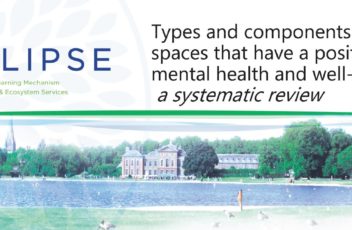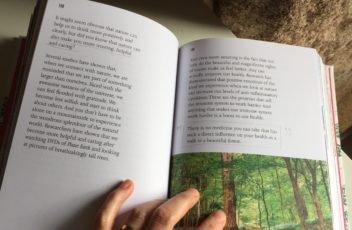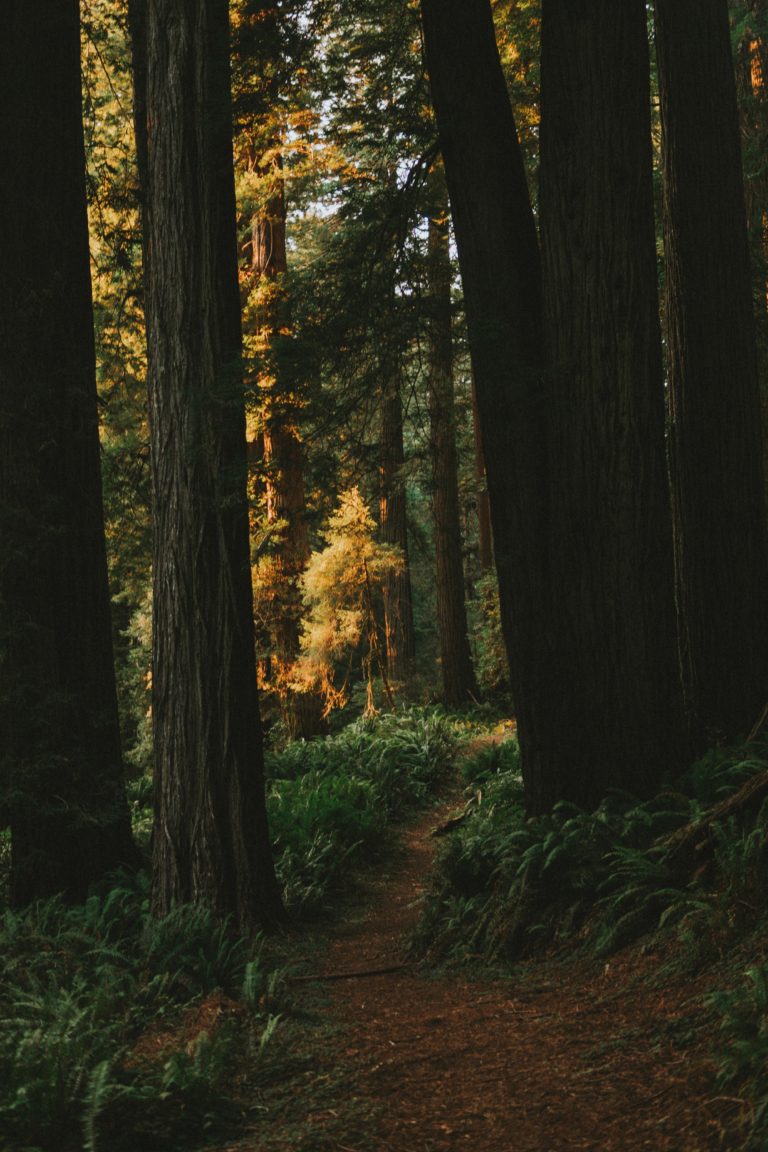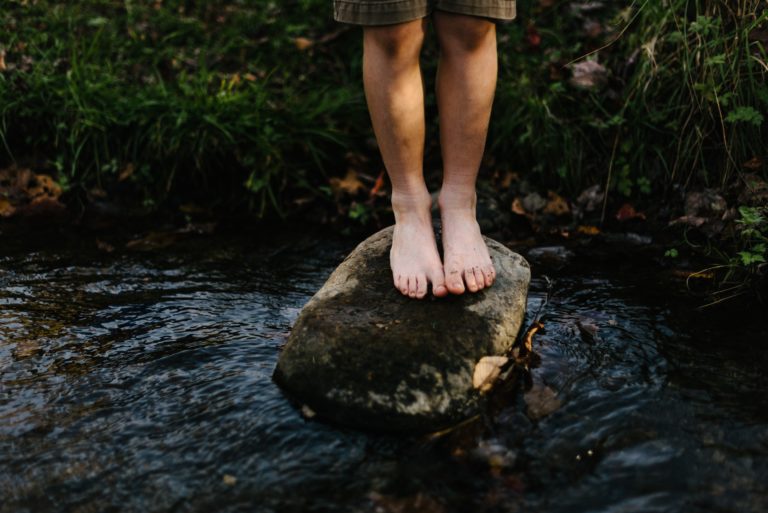For several years, papers have been published about the positive impact of greenness on health, including some synthesis and systematic reviews. Yet, none of them has so far addressed the question of the type of habitats and components of such habitats that have a significant (and preferably positive) effect on mental health and psychological well-being. This is important in order to provide recommendations to designers and managers of green and blue spaces in and around cities.
The aim of this request was to provide recommendations regarding the design, management, and creation of natural spaces in urban or suburban areas in order to promote the mental health of urban inhabitants.
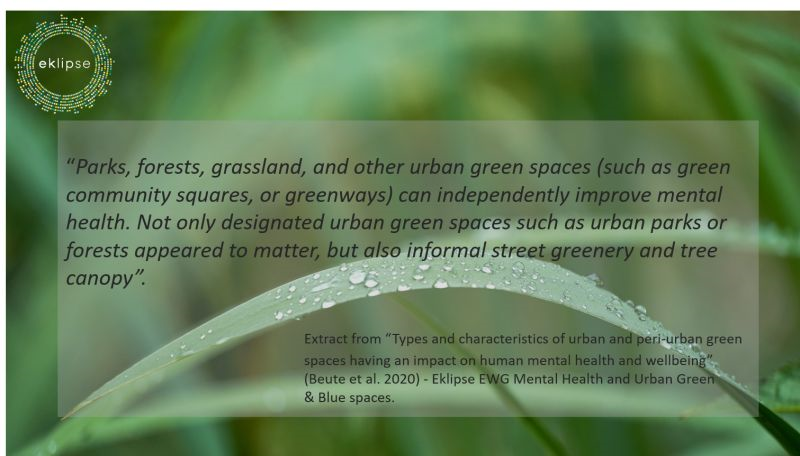
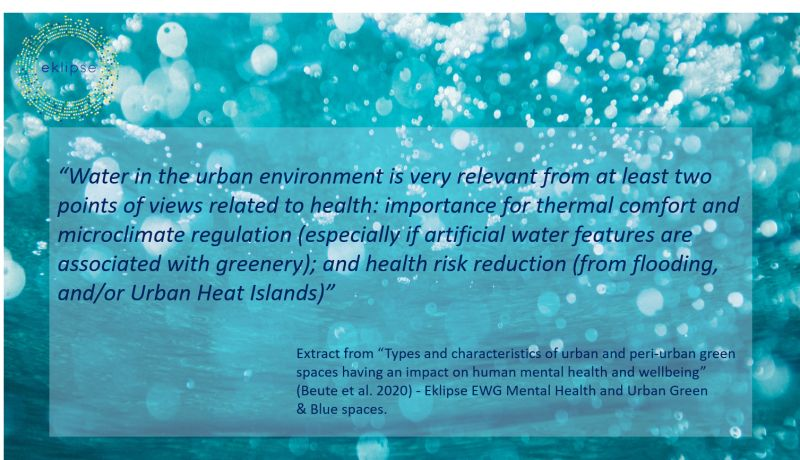
Final outputs of this work can be found here and here, and they include:
- Document of Work: DoW-Mental Health-Blue&Green spaces
Methods protocol: Protocol-Mental Health-Blue&Green spaces - Final Report Green spaces and Mental Health: Report-Mental Health-Green spaces
Final Report Blue spaces and Mental Health: Report-Mental Health-Blue spaces - Appendix Report Green spaces and Mental Health: Appendix-Mental Health-Green spaces
Appendix Report Blue spaces and Mental Health: Appendix-Mental Health-Blue spaces - World Health Organization (WHO) booklet



